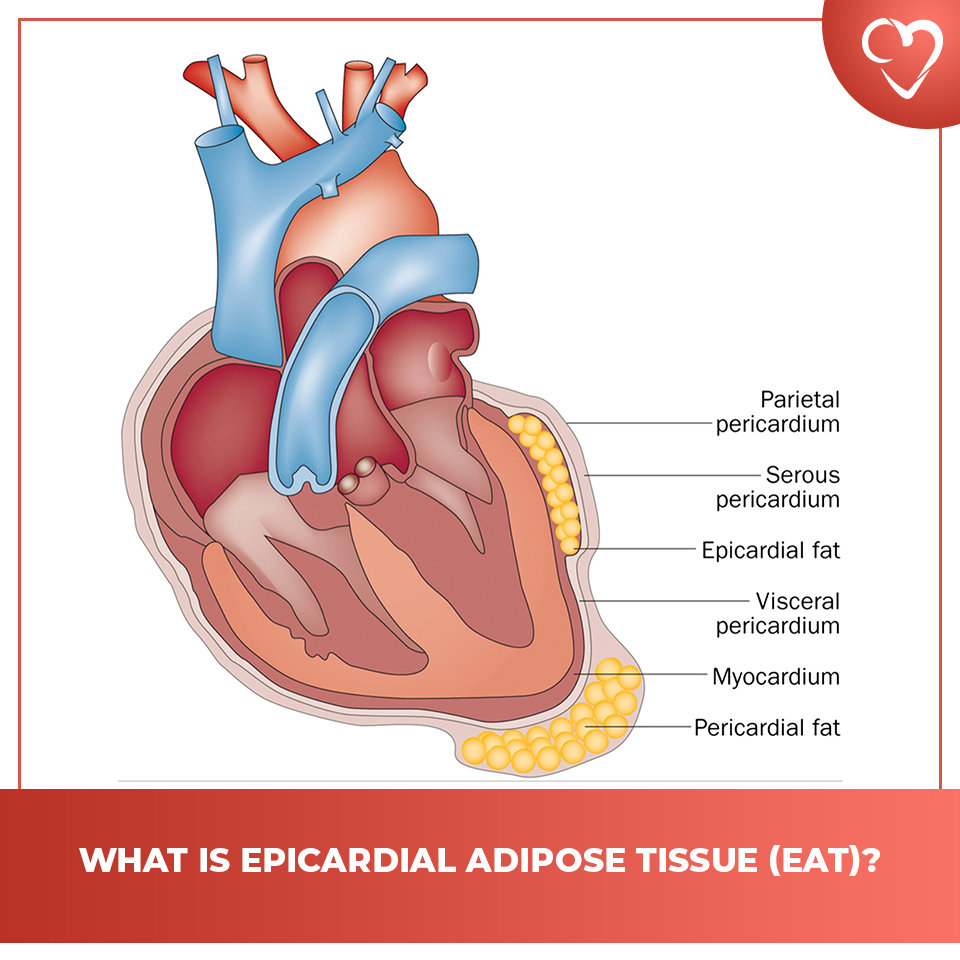
A 2014 study defines EAT as a “fat depot that exists on the surface of the myocardium and is contained entirely beneath the pericardium, thus surrounding and in direct contact with the major coronary arteries and their branches.” Due to improvements in imaging technologies, we can accurately quantify and measure EAT. This biologically active organ plays a detrimental role in our health. Research notes that while EAT can benefit our overall cardiovascular health, it can also weaken it.
How is EAT beneficial to our health?
According to the American Heart Association, EAT does have some positive effects on the heart including:
- EAT stores energy, making it a vital source of fuel for the heart
- Generates anti-inflammatory agents, protecting the heart
- Reduces friction between the coronary arteries and tissues that surround the heart when it beats
How is EAT harmful to our health?
On the other hand, as an individual gains excess weight, EAT expands. Here are some ways in which EAT can be harmful to our health when this occurs:
- Release of pro-inflammatory cells
- Can be associated with atrial fibrillation
- Promote stiffness in the heart muscle, leading to heart failure
- Possible role in the formation of artery-clogging plaque
The questions that remains amongst researchers is: “At what point does protective EAT become harmful?” The answer to this question will help doctors better determine who is at risk for heart disease, prevent heart disease, and develop more effective treatments.
Recent articles regarding EAT: